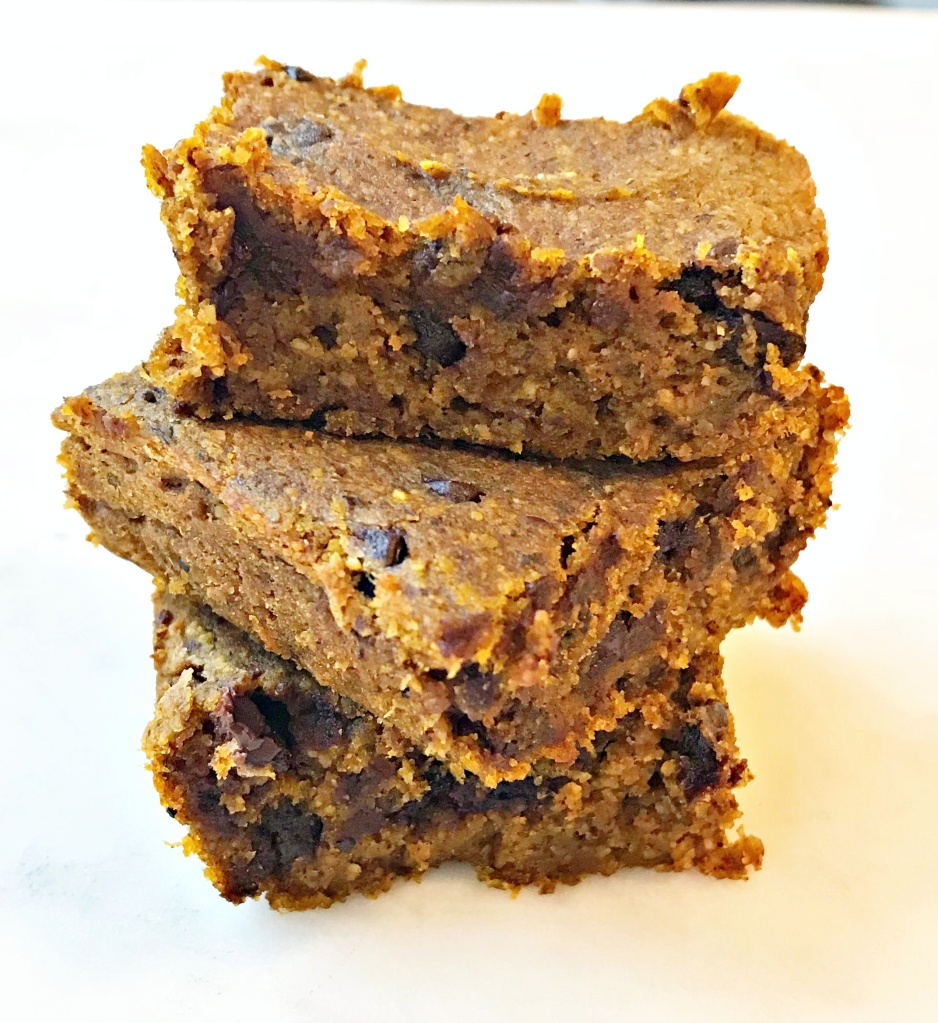Guest blog by Ana Willis, http://fitkids.info
We all know we need sleep, but many of us may not realize just how important sleep is to our overall health. Not only can it help improve your concentration and resulting in heightened productivity, but sleep can also help bolster your immune system and fight off the symptoms of depression. The benefits of a good night’s rest are far-reaching, but finding budget-friendly sleep solutions can seem like an impossible task.
With that in mind, you may be Looking for some ways to help your family sleep better without breaking your budget. With cash back offers, coupons, and special online offers, it’s easier than ever to get the sleep you need while saving money. We will share 5 inexpensive ways you can improve your family’s sleep.
Shop for a New Mattress
You may have heard that a mattress needs to be replaced every 7 to 10 years, but that may not necessarily be the case. Your comfort should be a priority when it comes to your mattress, and, as The Spruce notes, that’s the most important factor to consider when you are thinking of replacing it. If you have springs poking into your back or if you find your back constantly hurting, it may be time to shop for a new one.
Luckily, there are tons of cost-effective, comfortable mattress options on the market these days, whether you’re a side, back, or stomach sleeper. You may also be able to purchase a mattress from a major retailer, and you can take advantage of promo codes to help you save a little money.
Get Affordable New Linens
Your sheets and blankets can also have an impact on how well you sleep, and you don’t have to spend hundreds to get quality linens into your life. Higher thread counts often mean higher prices, but thread count does not always equal comfort. Huffington Post explains how to never buy your sheets wrong again by looking at other more important factors, such as fiber and weave, which really affect how your bedding feels. As far as thread count, anything over 200 should do the trick, and it’s easy to find this style of sheet at affordable prices from online stores like Overstock.com.
Build a Better Relaxation Routine
Getting ready for a good night’s sleep doesn’t have to involve pricey spa treatments to help you feel relaxed. In fact, exercise has been shown to promote better sleep, so work in a fitness regimen or simply take a walk around the block or get active in the backyard with the kiddos. Look into kids smartwatches that come with features that help your children stay active.
There are other simple steps that can help you unwind and improve your sleep much more. Shut off your screens a couple of hours before your bedtime, and try relaxing with a book instead. Reading before bed is a great way to relax your brain, so hit up a used bookstore or Amazon to pick up some relaxing books. Amazon has some of the best prices on popular titles, and while you’re there, pick up some essential oils and a diffuser to further boost your relaxation.
Create a Cozy, Comfortable Bedroom
If your bedroom is pretty bare, spend some time sprucing it up with inexpensive, relaxing touches. The ideal bedroom should pretty much resemble a cave: dark, cool, and quiet. If you have outside light peeking into your windows or noisy neighbors keeping you up at night, plan a trip to Target to pick up some sleep essentials. You can find affordable blackout curtains, noise machines, and fans that will transform your room into your own personal sleep cave.
Watch What You Eat and Drink

Your food and drink choices can also hinder your sleep. Consuming tons of caffeine — even during the day — and eating heavy meals can make it difficult to get comfy at night. Instead of spending money on coffee, try switching to inexpensive herbal teas instead. You can even use chamomile tea to calm your anxieties and help you fall asleep faster.
Making healthy choices when it comes to meals can also mean better sleep for you and your family. Try putting together a menu to keep you on track with your eating and your spending – look around online for grocery coupons to help you stay within your budget. More helpful tips on staying healthy can be found on home-related websites like Home Life Daily and healthydigz.com. There, you can find resources like best cooking appliances, home improvement articles, and more.
Getting a good night’s sleep and saving money are both important. So, use these cost-effective, sleep-enhancing tips to boost your sleep and keep your budget on track too.
Photo Credit: Pixabay








